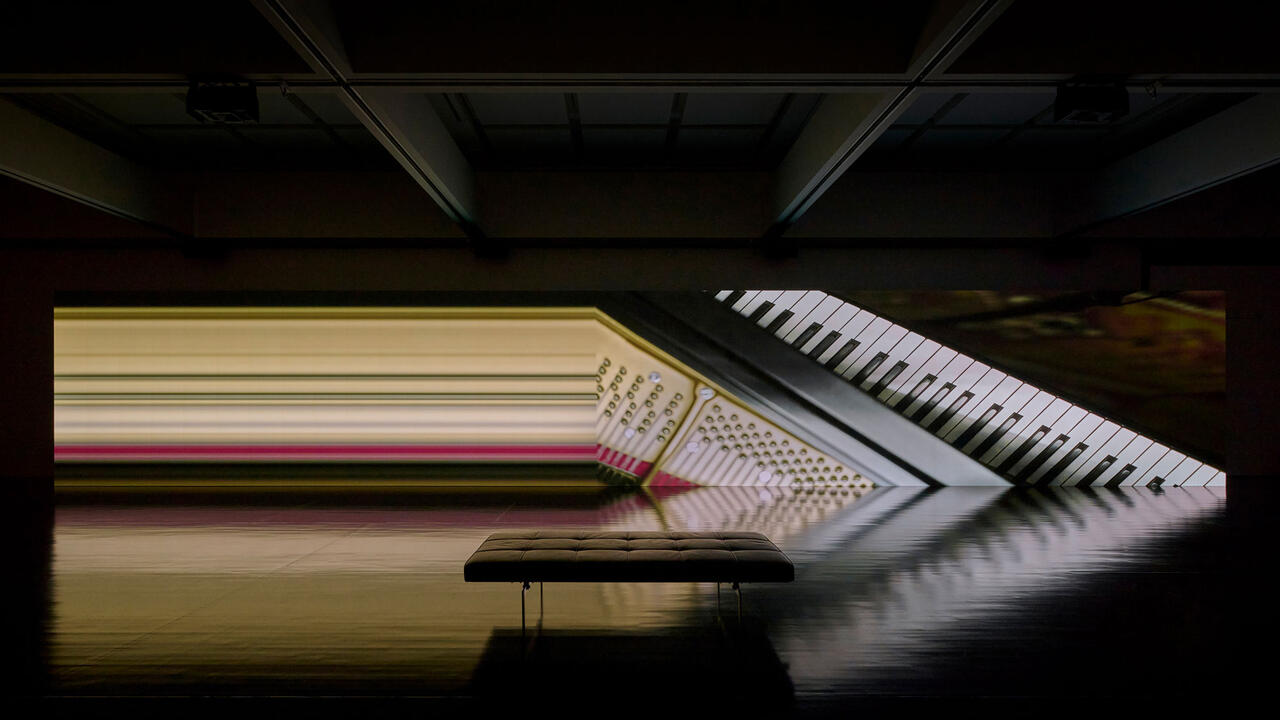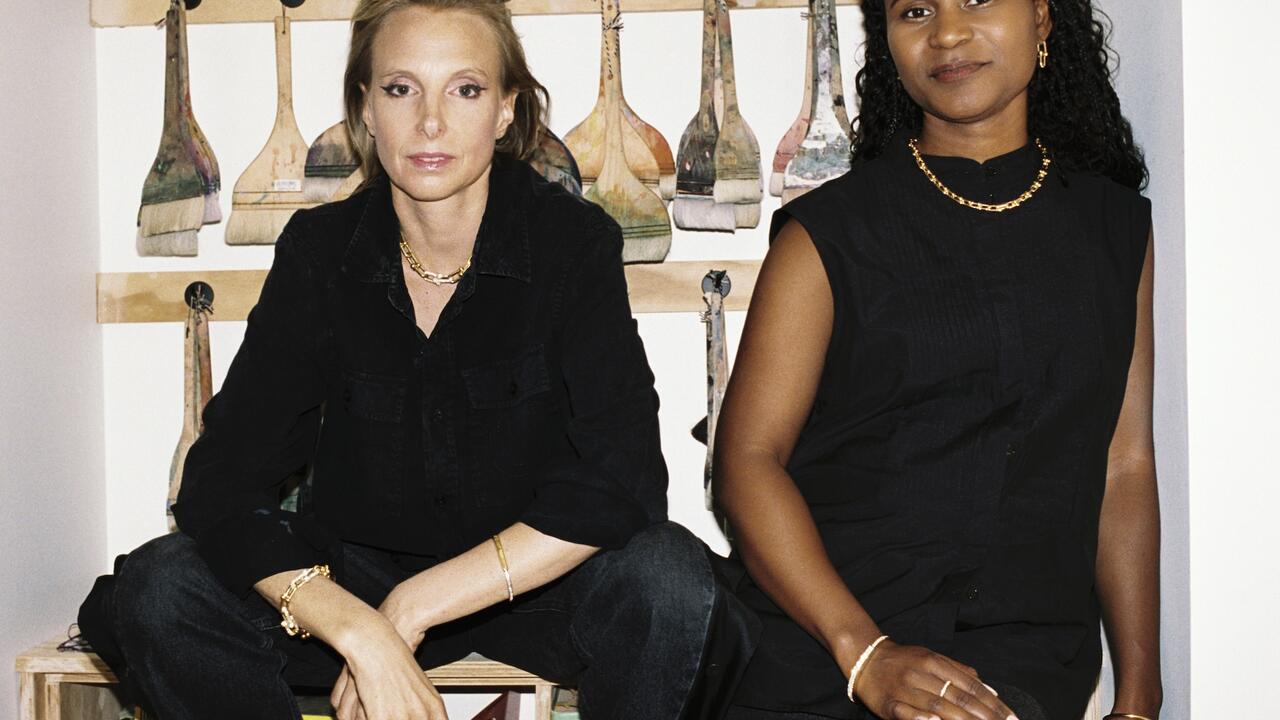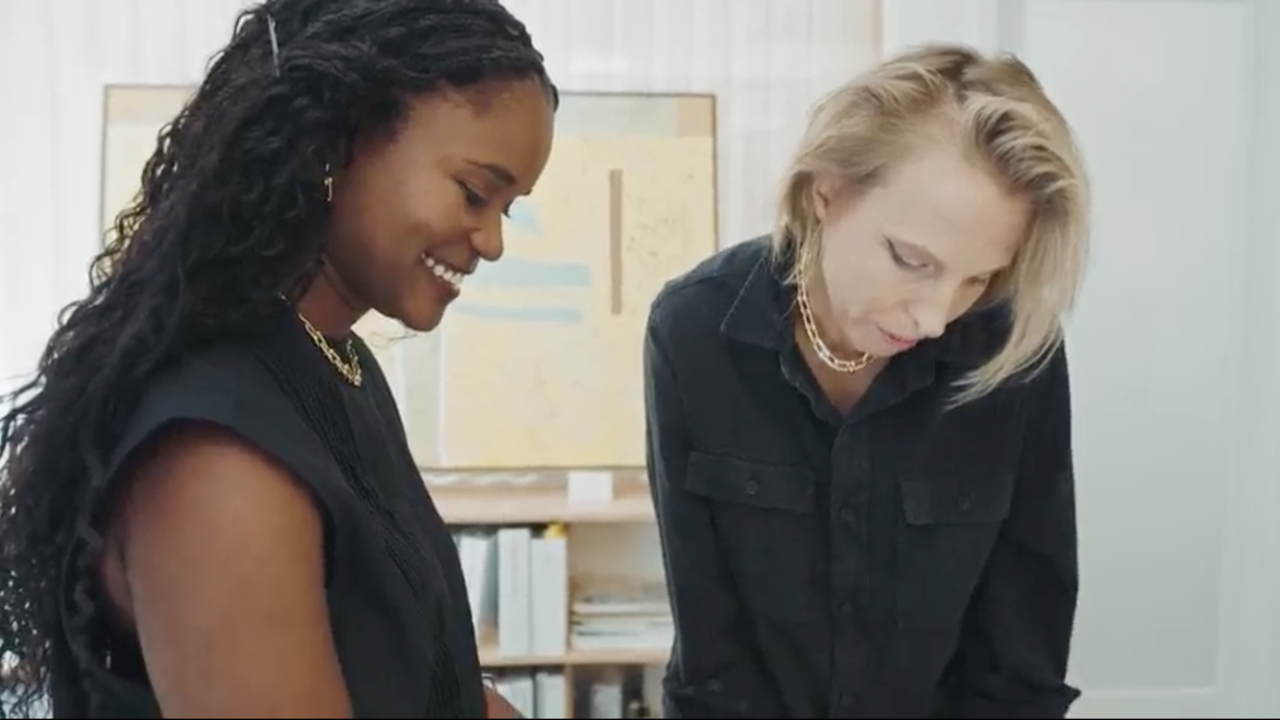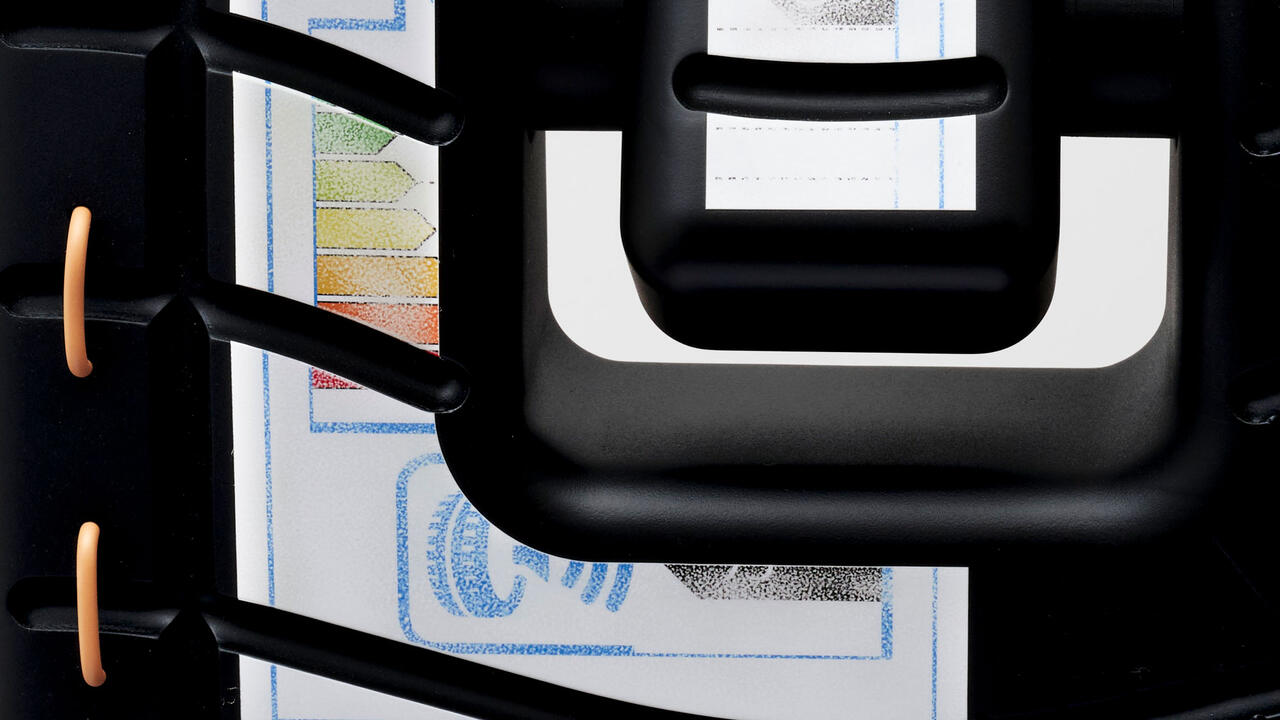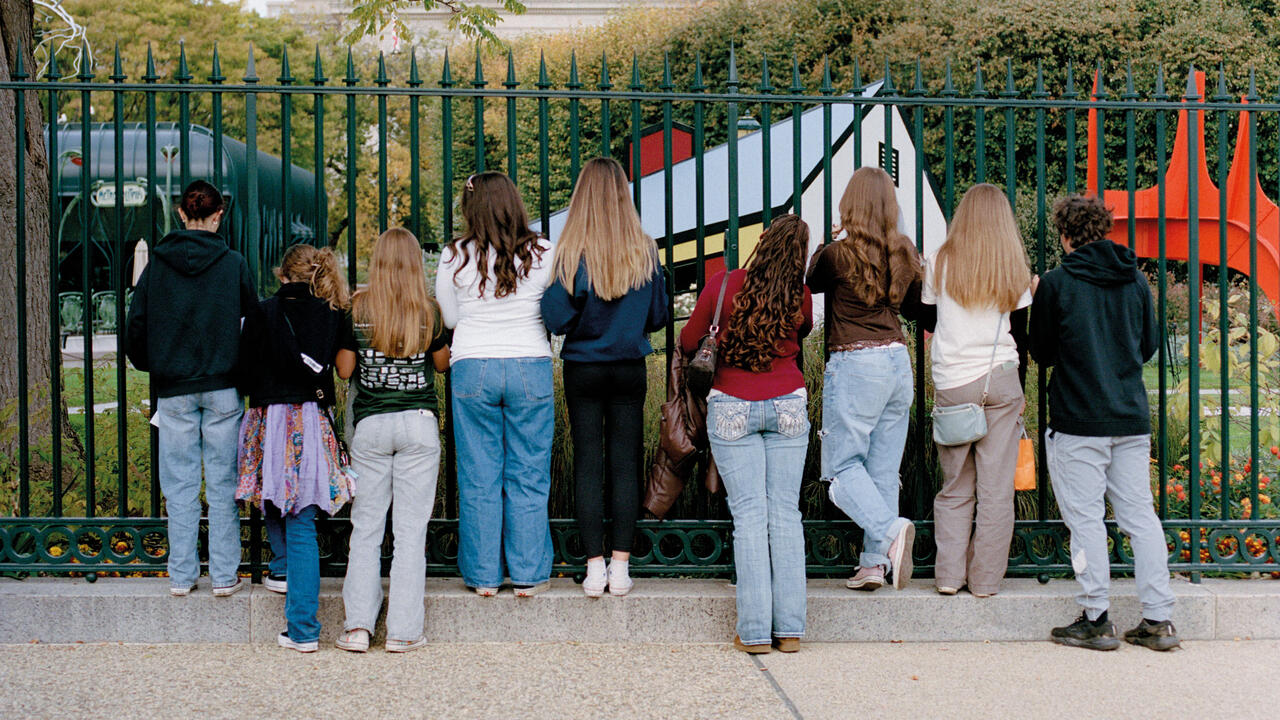Silver Spoons
Tiffany & Co.’s new range of gift objects and the shifting meaning of the ‘everyday’
Tiffany & Co.’s new range of gift objects and the shifting meaning of the ‘everyday’

It’s just another day on the internet. A luxury brand releases an intentionally outrageous product line. Online commentators flood the web, heaping derision on said brand. Media outlets leap into action. They point out that all the negative feedback plays right into the hands of the company, building notoriety and therefore sales. Brand leadership presumably delighted. News cycle ends. Next.
Even so, let’s pause to consider Tiffany & Co.’s ‘Everyday Objects’, released just in time for the holidays. The collection, according to the company, ‘elevates traditional office supplies and accessories into works of art’. Others in the Twitterverse described it differently: ‘The least relatable thing ever.’ ‘A middle finger to the non-rich.’ ‘Random overpriced shit.’ None of these descriptions is wrong, exactly, but they fail to capture the full interest and strangeness of these objects, which would be of negligible worth, were they not rendered in sterling silver. There’s a ball of yarn, a protractor, a paper plate, a crazy straw (with an enamel accent in the brand’s signature duck-egg blue), a Sharpie-style marker, a set of Lego-like building blocks and even a tin can. They retail from a few hundred dollars up to US$10,000.

The spluttering indignity that greeted these tchotchkes is, on one level, completely irrational. It is no more elitist for Tiffany & Co. to sell its silver in the shape of a tin can than the shape of a decorative bowl or biomorphic money clip (both of which you can find under the ‘Price Is No Object’ filter on the company’s website). Tiffany’s whole raison d’être is to sell people things they don’t really need, for the purposes of old-fashioned class distinction. From this point of view, the ‘Everyday Objects’ are quite traditional, harkening back to the days when gilt asparagus tongs were hallmarks of good breeding.
On another level, though, the collection is extremely provocative. A tacit social contract stipulates that luxury goods should always be presented as special exceptions. In a world that is furiously at odds with itself over inequity, luxury firms cater unapologetically to the 1%, but they never, ever say this in public. They dwell upon special occasions, like weddings: luxury goods are for ordinary people at extraordinary moments. This is why Audrey Hepburn’s Holly Golightly, who yearned for a ‘real-life place’ that felt just like Tiffany’s but never bought a thing there, became such a powerful anchor for the brand. ‘Everyday Objects’ pierces this veil of decency, exposing the true nature of luxury goods for all to see.

Why would the company want to do this? To answer that question, we first need to understand the role of Reed Krakoff. Formerly a creative director at Tommy Hilfiger before joining Coach, and then head of his own fashion label, Krakoff joined Tiffany as Chief Artistic Officer in February 2017. ‘Everyday Objects’ is his first initiative for the company and clearly reflects his avant-garde interests. Krakoff is an art collector himself and, in 2013, published a book of his own photographs of powerful women in the arts, including Marianne Boesky, Dominique Lévy and Jeanne Greenberg Rohatyn.
Given Krakoff’s background, it is no surprise that his inaugural collection takes conceptual art as its genetic code. frieze readers will immediately spot the antecedents: Jasper Johns’s Ballantine ale cans, Vija Celmins’s painted bronze copies of found stones, Damien Hirst’s diamond skull and, above all, Jeff Koons’s transmutations of inflated plastic into stainless steel. That Krakoff would seek to intermingle art and luxury in this way is predictable. These days the two sectors are not so much close bedfellows as conjugal partners, with the rivalry between the Parisian magnates and mega-collectors Bernard Arnault (of LVMH) and François Pinault (of the luxury group Kering) just one conspicuous example.

What is unexpected, however, is Tiffany’s use of neo-Duchampian procedure without the involvement of an artist as justification. If one encountered ‘Everyday Objects’ in a Chelsea gallery, it would come across as a standard entry in the readymade tradition, complete with an allusion to the grand master himself: the ball of yarn could be seen as a reference to the caged string in Duchamp’s With Hidden Noise (1916). (The Tiffany tin can likewise conjures the Campbell’s soup of Andy Warhol: prophet of art as commodity.) But, of course, we aren’t encountering these artefacts in a gallery: it is the shift to upscale retail that prompts hostile reactions. The website Scary Mommy, for example, remarks that the ‘Everyday Objects’ collection ‘is here to confuse you and make you feel poor’. Well, yes – but the same could be said for a lot of contemporary art. In fact, by art market standards, the ‘Everyday Objects’ are actually quite affordable. In a way, this may be the most provocative thing about them.
From the collection’s title to its seemingly random iconography – the detritus of the desk drawer – ‘Everyday Objects’ engages with the domain mapped by Michel de Certeau in The Practice of Everyday Life (1980). De Certeau described mass culture as a hegemonic system, configured so as to foreclose the possibility of revolutionary social change. Against this array of ‘strategic’ forces, he advocated small-scale ‘tactical’ resistance.

This was a consequential shift for Marxist theory, and one that has been influential among fine artists. Among other things, De Certeau pointed to the domain of consumption as a viable ground for individual expression. Rather than seeing consumers as passive dupes, he celebrated their potential as ‘unrecognized producers, poets of their own acts, silent discoverers of their own paths in the jungle of functionalist rationality’. This logic has encouraged an acceptance of art as a commodity form that can function (even if only contingently) as an act of freedom. ‘Everyday Objects’ is pitched on this same battlefield, but to opposite effect. Tiffany has put scare quotes around the quotidian itself, claiming it as just one more shiny prize.
Again, why do this? Well, the company is desperate not to slide into dowdy irrelevance (profits were up early this year, but in-store purchases, including their core wedding ring business, were down). They must continually find ways to attract attention from younger buyers. These days, that means millennials, who are outfitted with the most finely tuned bullshit detectors in history. How to reach them, without seeming like Old Aunt Tiffany trying to crash the prom? Just prior to Krakoff’s arrival at the brand, the company released a new jewellery line called ‘HardWear’, marketed as ‘fiercely feminine” and ‘designed for the modern rebel’, and introduced in Superbowl commercial starring Lady Gaga. Close but no cigar, according to Forbes contributor Pamela Danziger, who acidly noted the campaign’s condescending quality: ‘Millennials don’t need “permission” from a brand to buy.’
It’s within this dauntingly skeptical environment that ‘Everyday Objects’ is meant to function. Tiffany is effectively calling its own bluff, maybe even indulging in a degree of self-parody. In the process, they have done their little bit to edge us all closer to a state in which every private act, even the smallest and least consequential (like tweeting angrily about a silver ball of yarn), constitutes an opportunity for brand visibility. The objects may seem insultingly inconsequential, but in fact they are highly strategic – in De Certeau’s sense of the term – and perfectly calibrated to the attention economy that we inhabit today. Gaga may have replaced Hepburn as the face of the Tiffany brand but on the evidence of ‘Everyday Objects’, the company is still pushing Holly Golightly’s rule to live by: ‘I’ll never get used to anything. Anybody that does, they might as well be dead.’
Main image: Tiffany and Co., Sterling Silver Paper Cup, 2017, from the ‘Everyday Objects’ collection. Courtesy: Tiffany and Co., New York








